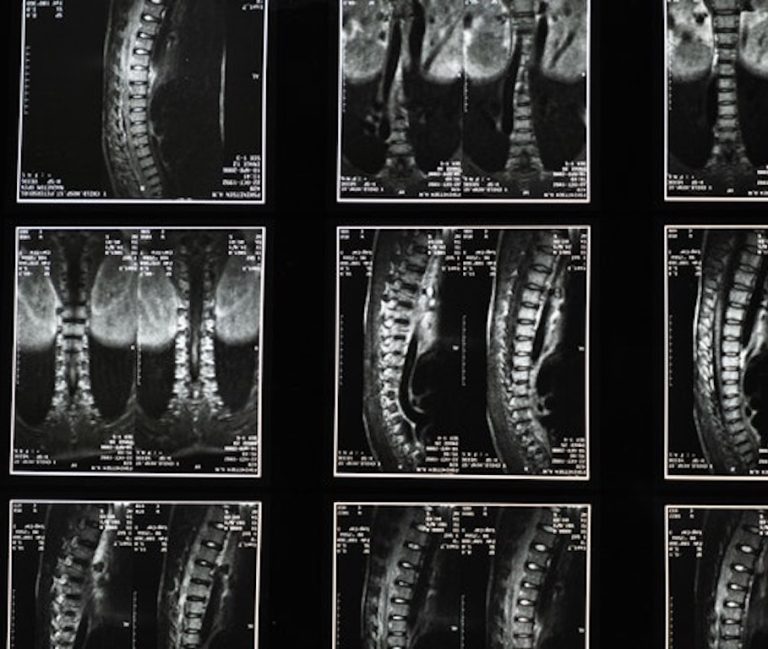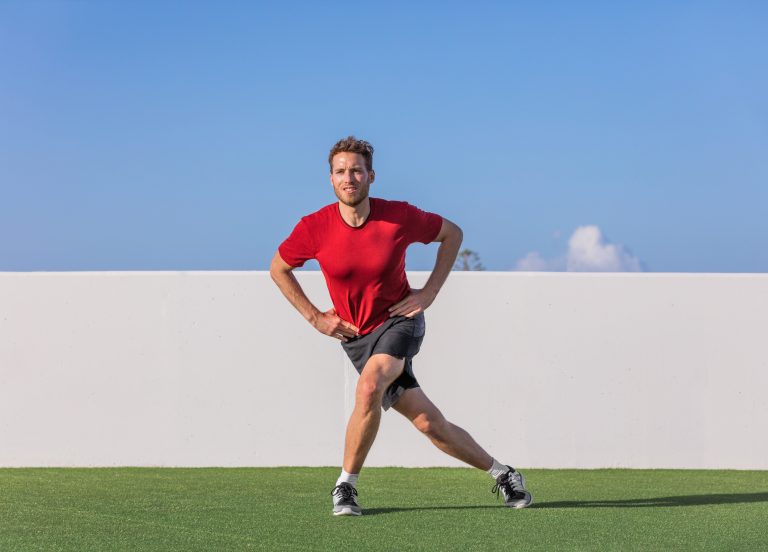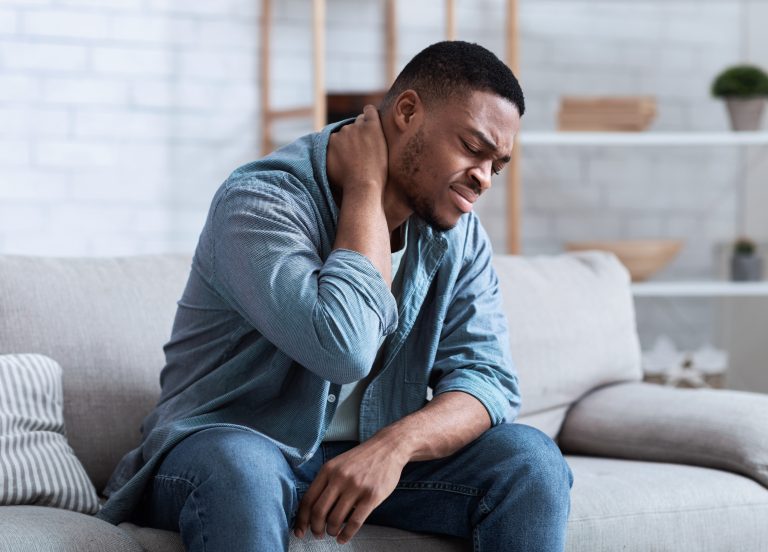10 Scientific Facts About Low Back Pain
I was listening to the “Empowered by Pain” podcast this week, the topic of which was “Ten Scientific Facts About Low Back Pain” and thought I’d share it as there are so many useful messages in it for patients – whether your particular issue is low back pain or not.
The podcast is conducted by a group of physiotherapists and researchers at the forefront of research on the biopsychosocial approach to treating neuro-musculoskeletal pain. The biopsychosocial model acknowledges that pain – in the absence of serious pathology – is multifactorial and can be caused by factors such as stress, fatigue, low mood, inactivity, unaccustomed activity, and many more factors.
The podcast is based on a paper that the researchers published in the British Journal of Sports Medicine. It starts with a brief outline of ten facts about low back pain and is followed by a more in-depth discussion of each fact by the researchers. You can listen to the podcast here.
The key messages are:
- Persistent back pain can be scary, but it’s rarely dangerous.Getting older is not a cause of low back pain
- Persistent back pain is rarely associated with any serious tissue damage.
- Scans are important, but only for a minority of people.
- Scans also often change, with most disc prolapses shrinking over time.
- Pain with exercise and movement doesn’t mean you are doing harm or have to stop
- Posture during sitting, standing and lifting do not predict low back pain
- Back pain is not caused by a weak core
- Backs do not wear out with everyday bending and loading
- While flare ups can be very painful and scary, they are not usually related to damage.
- Injections, surgery and strong drugs are rarely effective for persistent back pain in the long term.
Some of these messages will be surprising and need a little explanation: the idea that posture is not a cause of low back pain for example. It doesn’t mean that posture isn’t relevant or that we might not want to change it. Posture influences performance, our ability to adapt, and lack of movement variability due to posture could compromise our long term function – there just doesn’t seem to be a strong causal relationship between posture and low back pain.
I’ll be diving into these messages in subsequent newsletters and posting some of the relevant research behind the messages on my blog.
Ten scientific facts about low back pain:
http://dx.doi.org/10.1136/bjsports-2019-101611
More info about the BJsports paper here:
http://pain-ed.com/blog/2020/06/13/ten-low-back-pain-facts-videos/






